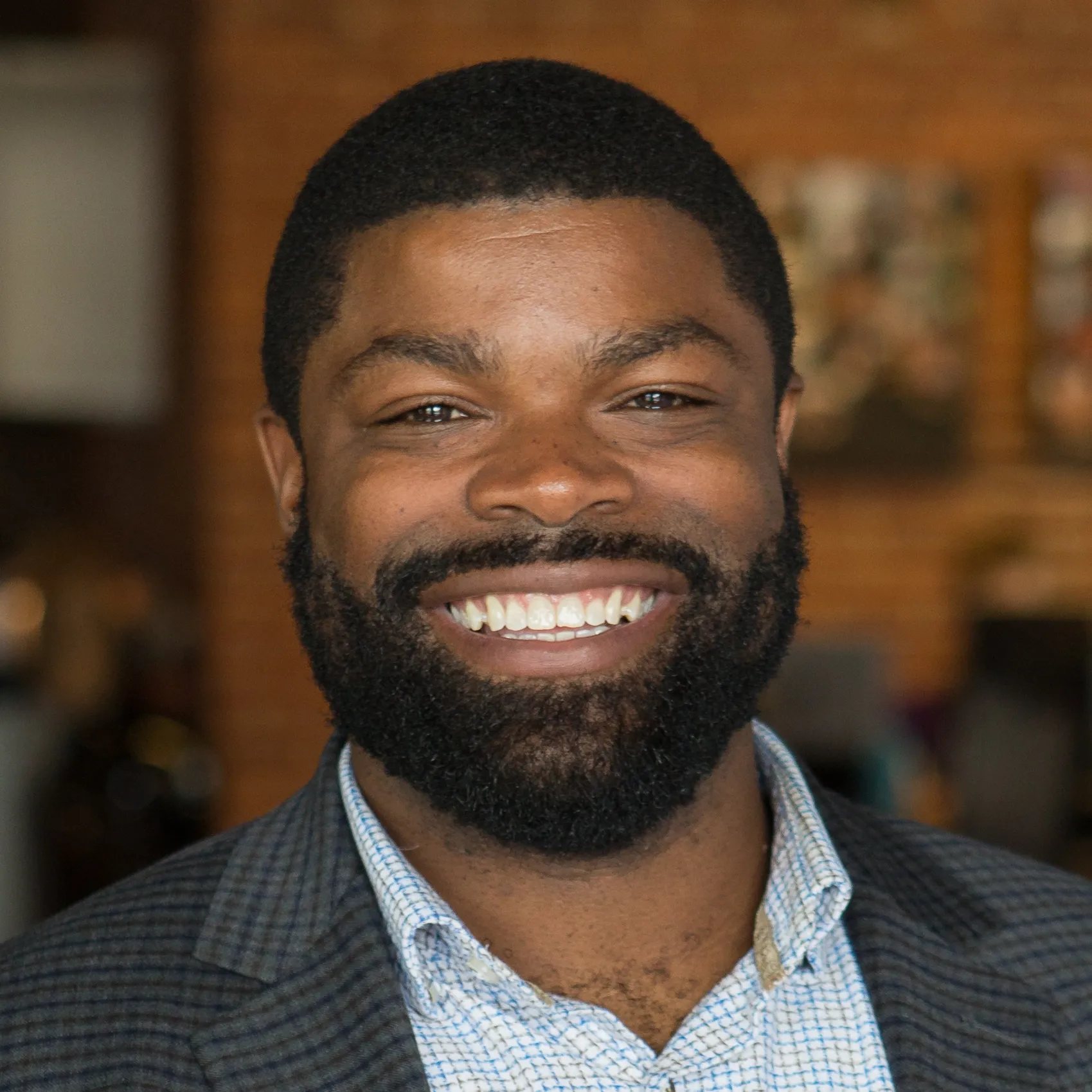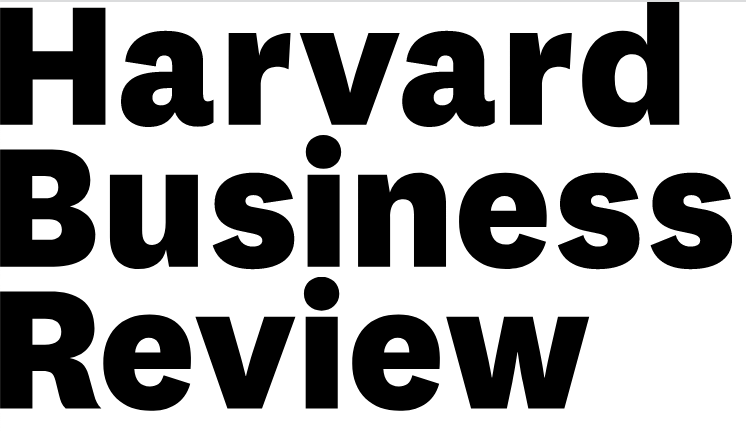#RunItByUsFirst: The Origin Story
In 2016, I served as the Director of Strategic Initiatives at the Center for Excellence in Teaching and Learning at now Georgia’s second-largest university. Our center’s mission was to produce professional development programs that helped facilitate good teaching practices among faculty and, in turn, would help students achieve their learning objectives. Our organizational structure consisted of tenured faculty directors and master’s-level instructional designers who all served in a consultative capacity with other faculty members, so there was a very high level of intellect.
Over the years, our group became very close professionally and personally. One of the contributing factors to our close connections was that early on we accidentally created a tradition of eating lunch together every day. We were very fortunate that our office was a converted house so we were able to utilize our casual living room space. The conversations varied from family Thanksgiving with marshmallows and green jello to what's happening in pop culture.
That year, the first of many company blunders started off with a Sprint commercial that featured a focus group led by CEO Marcelo Claure. The idea behind the commercial was to present real people talking about what they think of a competing wireless carrier. The idea wasn’t anything new but we enjoy these types of commercials because it offers an authentic view from real people. But when keeping it real goes wrong, it can really go wrong.









